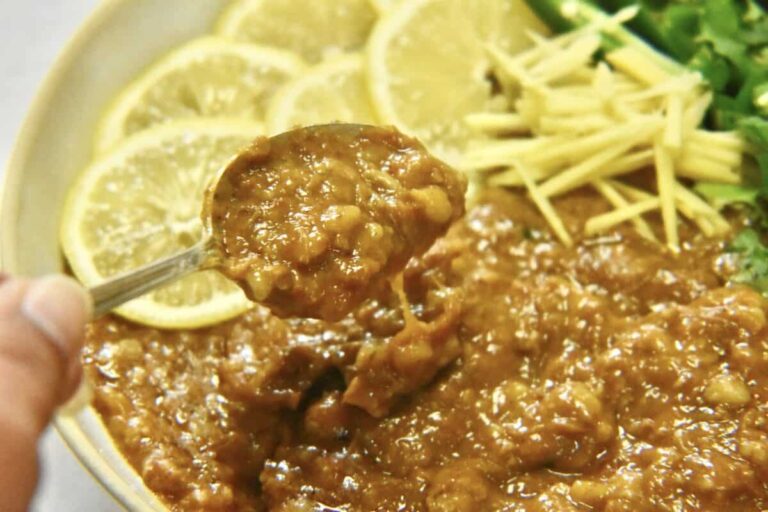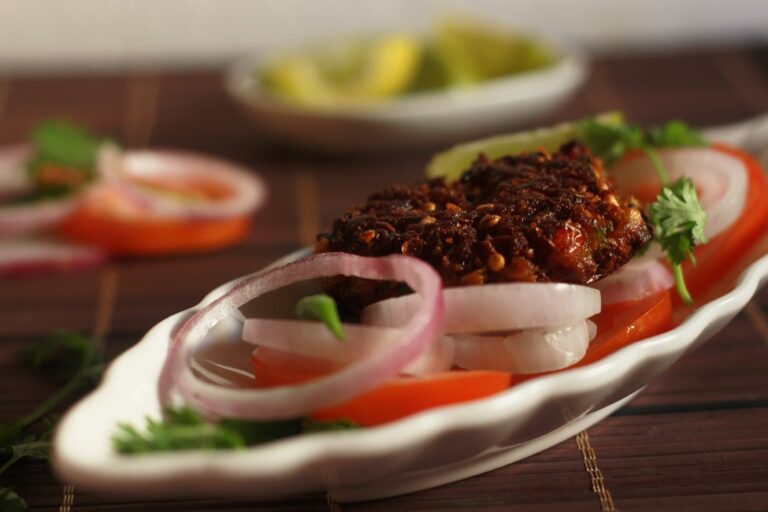Explore Sajji’s Secrets – A 5 Steps Guide
Welcome to Best Cultural Food, a place where you can test your taste buds with various Pakistani dishes! Today, let’s explore Balochistan’s Sajji , Pakistan’s southwestern province for a true cultural food Sajji. In the Best Cultural Food ever, we will dive into the mysteries of this iconic dish right from its historical roots to some lip-smacking side dishes that go well with it.
Introduction to Sajji
For our focus today, we will look at Sajji, which is a real food hero in terms of culture. It is an irresistible dish from Balochistan, which has stunning scenery and a rich history. But it’s more than just a meal. It is about the smoky smell that fills the air when marinated meat is being grilled over flaming charcoal. A soft oven roasted leg of lamb that falls off its bone when sliced through. And eating this delicious meal creates an ambience for camaraderie among relatives and friends at home who are suckers for family gathering around your kitchen table full of Sajji.
Traditionally made with mutton or goat, chicken or fish can also be used nowadays to cook Sajji. All in all, slow cooked Sajji gives tahleeka (a burning passion) and unforgettable smoky taste that no one can efface from their mind.The marinades for Sajji may differ depending on the area, though they usually consist of yogurt, spice and occasionally even a bit of fruit. This adds another layer to the taste making every morsel an unexpected joy. Thus if you want to experience Pakistani culture through food – try Sajji! It’s a sensory feast-a tribute to heritage-and it always makes people happy.”
History
Imagine a time in Balochistan when it was all rugged mountains and plains inhabited by a variety of nomadic people groups. Flocks of sheep and goats were relied upon by the latter for everything, thus giving rise to Sajji. But they would not have had fancy kitchens; they had open fires, improvisation. And so their meat is just simply marinated with salt, maybe some local herbs, then slowly cooked over hot firewood.

It was eaten at ceremonies, given to guests or families under the starry sky. There may have been some changes in the techniques – clay tandoor ovens became popular – but Sajji remained who she is. This is because here in Pakistan today there are fans of this dish throughout Pakistan belonging to diverse social classes. Although lamb or goat remains traditional choices in some places while others may go for even chicken or fish depending on preferences or religious beliefs. Nowadays marinades are also more varied where some people put mild spice or even a fruit touch just to amaze you with an unexpected mix up.
Cultural Significance in Pakistan
More than simply a meal, Sajji is an experience that brings you close to the cultural roots of Pakistan. As the meat slowly cooks on slow fire, it marinates itself with the flavors and smells of different spices and herbs. This ancient technique-often done over an open fire pit or in a clay tandoor oven-is more than cooking but rather it’s a way of bringing people together. It becomes like any other social event; stories are shared, laughter is heard while others anticipate the delicious meal that will be eaten by relatives and friends. But this is not where the magic stops. Each region has its own twist to create secret family recipes which come out as marinades used in Sajji.
The use of yogurt can make it tangy while chilies will spice things up a bit. Surprisingly enough, some others even add fruits like papaya to give it an unexpected sweetness which blends well with the savory taste of the meat used in making it. With such a great variety, there must be at least one type of Sajji that suits every taste bud hence making it indeed a true Pakistan culinary celebration. Therefore if you want to adventure your palate next time then you better try Saji because it brings to you warmth from Balochistan, represents Pakistani rich culture and finally will satisfy all food lovers among us!
Home-Made Easy to Cook Recipe
Ingredients
- 1 whole chicken (cut into serving pieces)
- ½ cup yogurt
- 1 tablespoon ginger-garlic paste
- 1 tablespoon lemon juice
- 1 teaspoon red chili powder (adjust to your spice preference)
- 1 teaspoon coriander powder
- ½ teaspoon cumin powder
- ½ teaspoon garam masala
- ¼ teaspoon turmeric powder
- Salt to taste
- 2 tablespoons vegetable oil
For the Garnish (Optional):
- Chopped fresh coriander leaves
- Chopped red onions

Instructions
Marinating the Chicken: Combine yogurt, ginger-garlic paste, lemon juice, red chili powder, coriander powder, cumin powder, garam masala, turmeric powder and salt in a large bowl. Mix well to form a thick marinade. Coat the chicken pieces evenly with this mixture. Keep it aside and refrigerate for at least two hours or overnight for better taste.
Cooking the Chicken: Heat oil in a large pot or Dutch oven over medium heat. Add marinated chicken pieces carefully once hot. Brown them on all sides till they become golden brown.
Finishing Touches: Add 1/2 cup water to the pot; bring to a boil then reduce heat; cover and simmer for thirty to forty minutes until chicken is cooked through/tender.
Optional Step: For an element of smoky taste broil the chicken on low-medium broil for the last 2-3 minutes but be careful not to burn it.
Serving Suggestions
Serve Sajji hot with steamed rice accompanied by Naan bread or simple salad. Top with chopped cilantro and red onions for color and flavor enhancement.
Conclusion
In conclusion, Sajji is more than a cultural food. Each bite of it takes one closer to the warmth and hospitality of Balochistan from its slow-cooking heritage to the vibrant regional variations. Therefore, turn up your stove and make some noise in your house as you come together with your loved ones for a taste of Pakistani culture. By following our easy homemade recipe, you can have this wonderful experience right within your own kitchen. So remember to invite your neighbors and make it a celebration of Pakistani flavors and traditions!

FAQs
- What do I do if I don’t own a Dutch oven?
Don’t worry! You can use a large pot that’s safe for the oven with a tight-fitting lid. Instead, marinate the chicken before placing it in an ovenproof dish to bake at 375 degrees Fahrenheit (190 degrees Celsius) for about 40 minutes or until done. - How can I change the amount of spices?
Sajji has always been known as being a lightly spiced sauce option though; so you may begin by using 1 teaspoonful of red chili powder then adjust according to personal preference. When serving, sprinkle extra spice at the table by adding red chili flakes or finely chopped fresh chilies. - Can other meats be used instead of chicken?
Yes! Although chicken is popularly cooked for homemade Sajji, yet it could be made out of other meat like beef or goat whenever you like without limitations on thicknesses according to which cooking time should be adjusted properly






